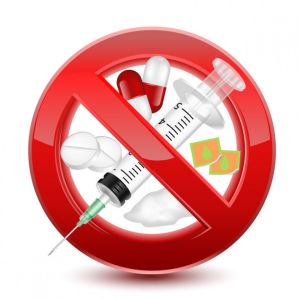The Advantages and Disadvantages of TabletsPosted by Trust care on November 24th, 2021 Several Drug Rehabilitation Center in Pune stated that the oral route of drug administration is the most important method of administering drugs for systemic effects. The Drug Rehabilitation Center in Pune mainly defined Tablets as a definition of a compressed unit solid dosage form containing medicaments with or without recipients. Excipients may include diluents, binders, granulating agents, glidants and lubricants to ensure the systematic process of tableting. The Drug Rehabilitation Center in Pune mainly says that not all tablets are good for body consumption, and many-a-times people consume them just to stay dozed off. Thus, below are the advantages and disadvantages of tablets. Advantages of Tablets 1) They are a unit dose form,they offer the greatest capabilities of all oral forms for the greatest dose precision and the least content variability. 2) Their cost is the lowest. 3) They are the lightest and the densest of all oral dosage forms. 4) They are the easiest and cheapest to package and ship. 5) Product identification is simple and cheap. 6) They provide the greatest ease to swallow. 7) They impart themselves to certain special release profile products, such as enteric or delayed release products. 8) They are better suited for large scale production. Disadvantages of Tablets 1) Some medicines withstand compression into dense compacts, owing to their amorphous nature, low density character.
2) Drugs with poor wetting, slow dissolution properties, intermediate to larger dosages may cause difficulty, or not possible to formulate and manufacture as a tablet that will still provide adequate or full drug bioavailability. 3) Bitter tasting drugs drugs with objectionable odor, that are sensitive to oxygen required encapsulation prior to compression or tablets may require coating. Evaluation1) General Appearance-It contains visual identity and overall \"elegance\" is most important for consumer\'s perspective, lot-to-lot uniformity and general tablet -to-tablet uniformity. 2) Size and Shape-Tablet thickness should be controlled within a plus and minus 5% variation of a standard value. 3) Unique Identification Marking- It includes the company name or symbol, a product code such as that from the NDC(National Drug Code) number, the product name or the product potency 4) Organoleptic Properties-Pharmaceutical tablets use color as a vital means of rapid identification and consumer acceptance. 5) Hardness and Friability-Hardness means the tablet crushing strength. The testers for evaluation of tablet hardness were the Monsanto hardness tester. The friability tester is known as Roche Friabilitor.
The misuse of medicines is a crucial global problem. Irrational usage of medicines and drugs has led to wastage of resources and most importantly evolution of susceptible pathogens to antibiotic-resistant ‘superbugs’. Due to this situation, the urge to discover and develop safe and efficient anti-microbial substances has arisen to cure lethal diseases. But do you know, to create or discover an antibiotic or antimicrobial drug and to sell it in a safe & consumable form in the market takes approximately a decade or even more. Due to this and with rising types and numbers of diseases, we are losing the battle between illness and life.
Like it? Share it!More by this author |


